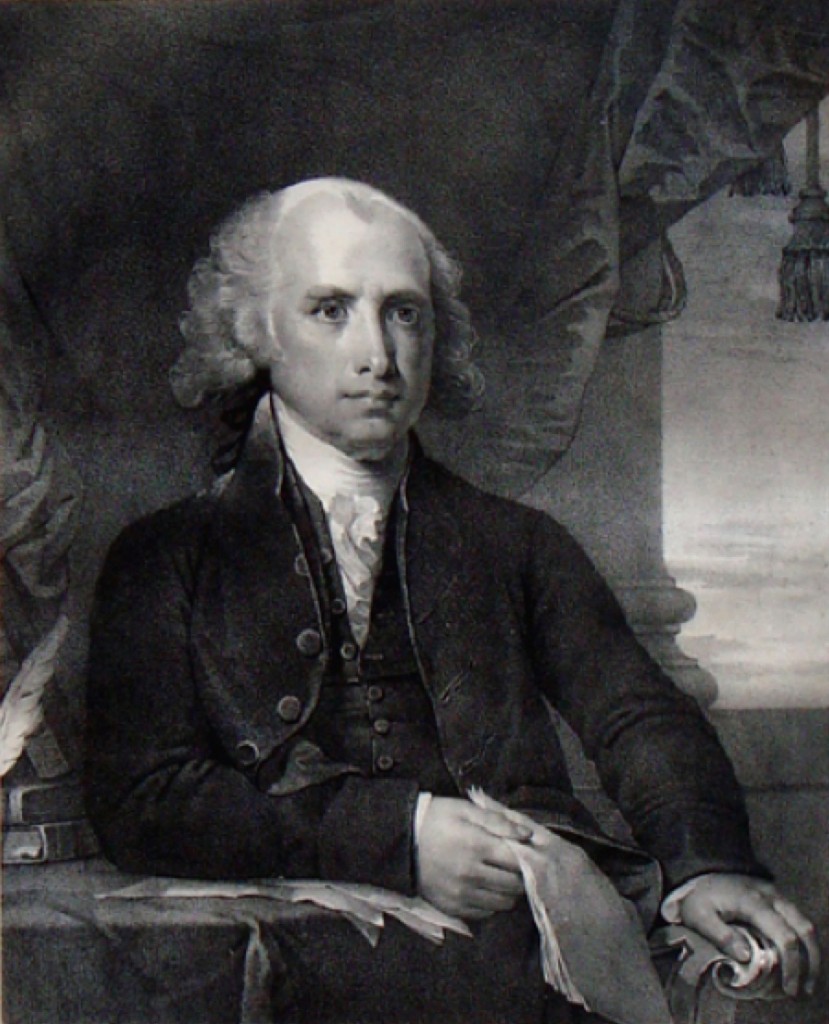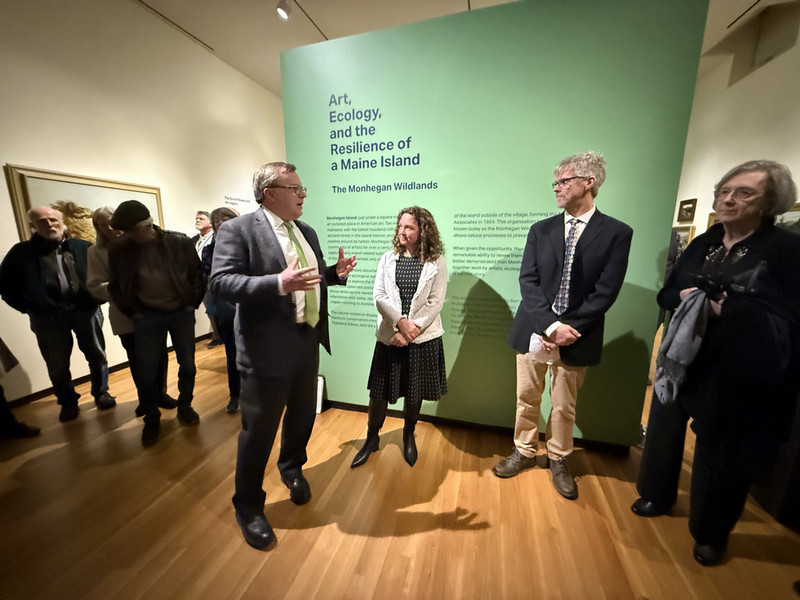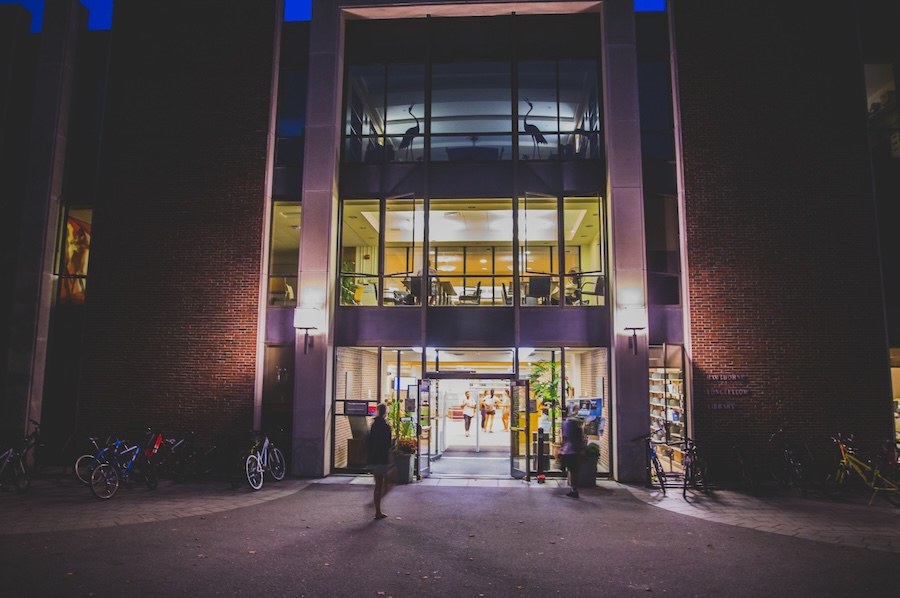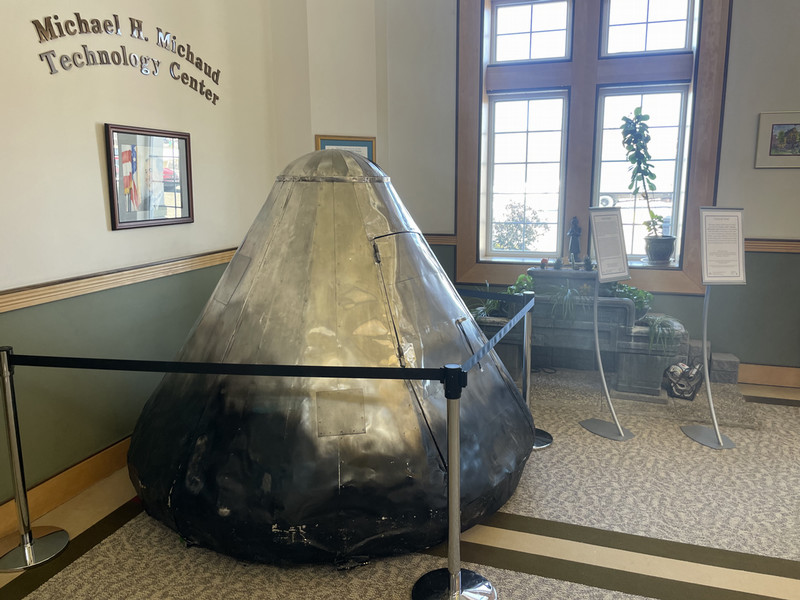Four of the “Five Kings” Come to the Bowdoin College Museum of Art
By Bowdoin College Museum of Art
Based on Gilbert Stuart’s iconic portraits of the first five presidents, these lithographs were produced by John and William Pendleton at the behest of Boston-based gallerist and frame maker John Doggett. The prints reveal much about the fascination of American and European audiences with the political transition in the United States towards a republican model of government and an elected president. The prints also contributed to the popular acclaim for and familiarity with Stuart’s paintings, which continue to resonate today. Indeed, Stuart’s portrait of George Washington takes center stage on the One Dollar Bill and his portrait of Jefferson is on the Two Dollar Bill.
This print series has a special connection to Bowdoin’s historic collection, in particular its portraits of Thomas Jefferson and James Madison, created by Stuart through a commission from James Bowdoin III. Recognizing the importance of Stuart’s presidential portraits, Doggett asked Stuart in 1821 to make a series of painted copies of his portraits of the first five presidents. To complete these copies, Stuart traveled to Brunswick that year to review his portraits of Jefferson and Madison, which had been given to Bowdoin College by its founder. The artist’s trip to Brunswick is the inspiration behind this summer’s exhibition, which will include the eight portraits by Stuart from the Museum’s collection, together with the loan of Stuart’s brushes and palette from the Smithsonian’s National Portrait Gallery.
Stuart completed the five painted copies of his presidential portraits in 1822 and exhibited them at Doggett’s Boston gallery. Based on the success of this exhibition, Doggett and Stuart decided to have the portraits reproduced as prints for public sale. While they hoped to hire an American print-maker, Doggett eventually asked Boston engravers John and William Pendleton to take the painted portraits to Europe, where they could be reproduced with the newly-invented reproductive technique of lithography. Though the Pendletons were unsuccessful on their first trip in 1825, they returned to France in 1828, where they met Nicholas-Eustache Maurin, who created the envisioned print series based on Stuart’s paintings. These lithographs were immediately popular and sold widely. Earlier this spring the Museum acquired four of the Pendleton’s five presidential prints. Alas, the portrait of Jefferson was not part of this group. We will continue to look for a museum-quality example to add to the collection.



